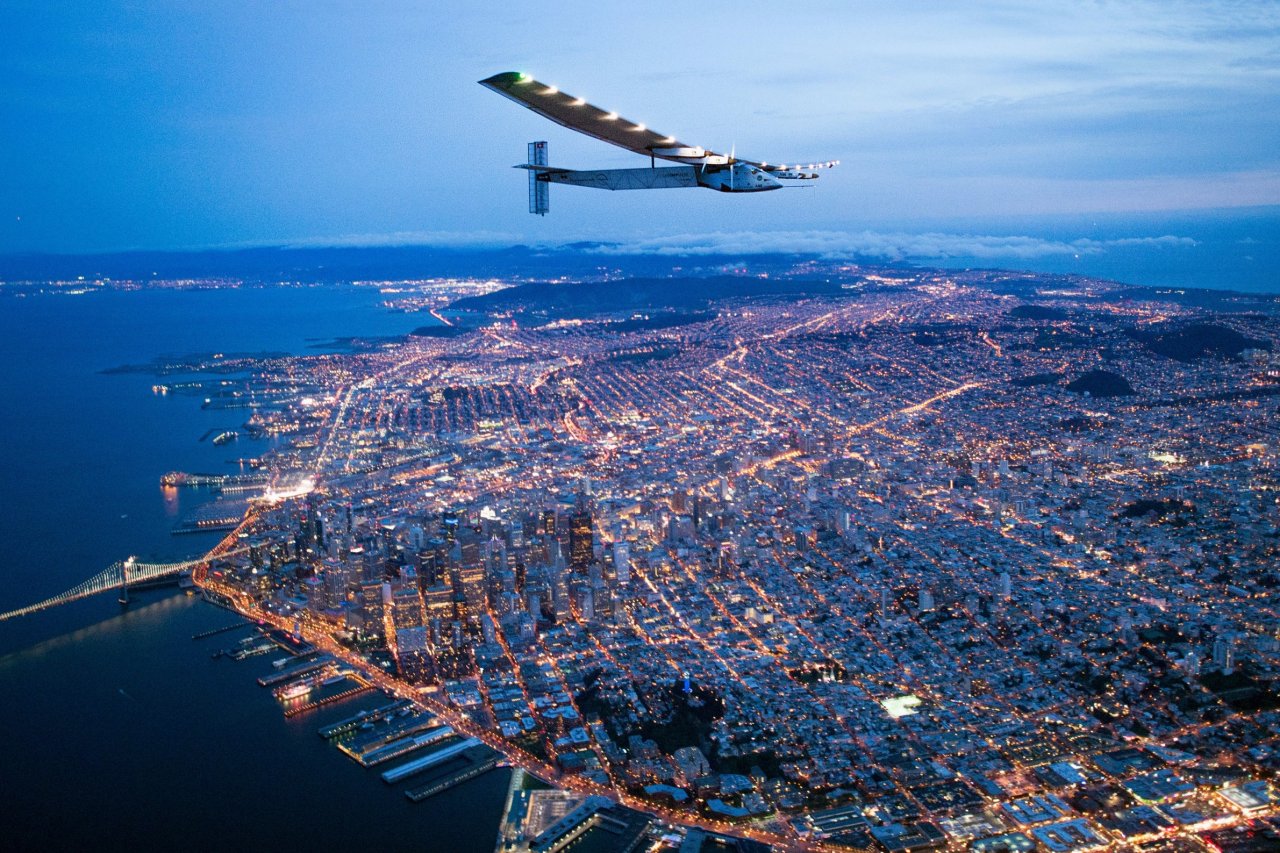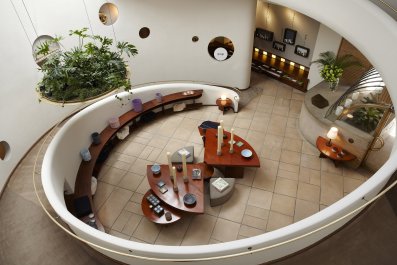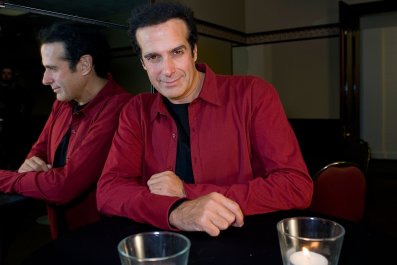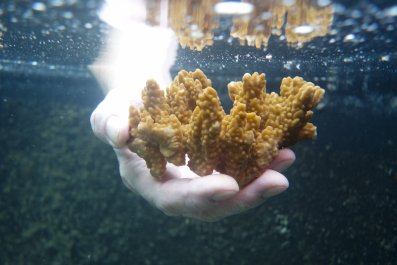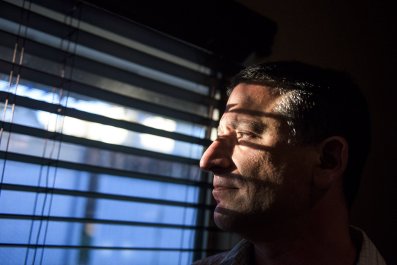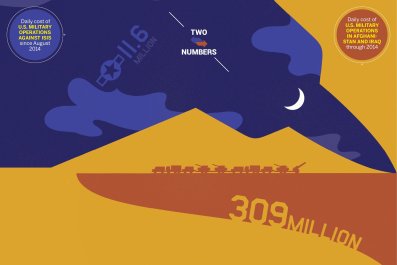Sometime before the end of May, Bertrand Piccard and André Borschberg hope to land a plane in New York City. That in and of itself is nothing to shout about—thousands of planes come and go from the area's three major airports every day. But by the time they touch down, Piccard and Borschberg will have flown more than halfway around the world—using only solar power.
The idea came to Piccard after he and a partner became the first humans to circle the globe nonstop in a hot-air balloon fueled by liquid propane in 1999. "Every day, I was afraid to fall short of gas," he says of that flight. (They took off with 3.7 tons of fuel on board and landed with only 88 pounds to spare.) He decided he would one day take another flight around the world without a drop of fuel—achieving "perpetual flight" with "unlimited endurance."
With that goal in mind, Piccard teamed up with Borschberg, an engineer and entrepreneur, to develop a solar-powered, fuel-free plane. The single-pilot Solar Impulse 2 (Si2) is made out of extremely light materials, like carbon fiber; its wingspan is larger than that of a Boeing 747 jumbo jet, but it weighs roughly as much as a sedan. The plane has 17,248 solar cells on its wings, fuselage and tail, which turn sunlight into electricity, and uses four electric motors and four battery packs. The former operate with a 97 percent efficiency rate (compared with the roughly 30 percent efficiency rate of a gasoline-powered car engine), and the latter store enough energy to make the Si2 the first solar plane that can fly through the night.
After years of development and test flights, Piccard and Borschberg lifted off in Abu Dhabi, United Arab Emirates, in March 2015. They have alternated turns as pilot and made stops in India, Myanmar, China, Japan, Hawaii, California and Phoenix. They plan on circling the globe—and arriving back in Abu Dhabi—sometime in June or July this year.
Theoretically, the plane can use solar power to fly indefinitely, but a lone human pilot can remain aloft for only so long. Borschberg already shattered the previous 76-hour record for a nonstop solo flight with the eighth leg of the journey, flying 117 hours and 52 minutes from Nagoya, Japan, to Hawaii this past summer.
To the Solar Impulse team, the stunt is really about demonstrating the possibilities of clean energy. They want to inspire new technologies and applications that not only reduce energy consumption and improve quality of life but also create jobs and profits. Many of the materials and technologies in the Si2 can be translated for use on the ground, Borschberg says. The batteries and electric motors can be used in cars, the insulation that protects the batteries from cold at high altitudes has already been used in refrigerators, and Schindler, one of their dozens of partners, has made a solar-powered elevator system inspired by the Si2. Borschberg sees two other big projects emerging from the Si2: electric airplanes of increasing size and capacity, and an unmanned version of the solar plane that can stay aloft for months at a time and function like a satellite.
"If you just make a press conference for clean technologies, nobody will listen," Piccard says. "But when you fly around the world with no fuel, people say, 'Wow.' "



